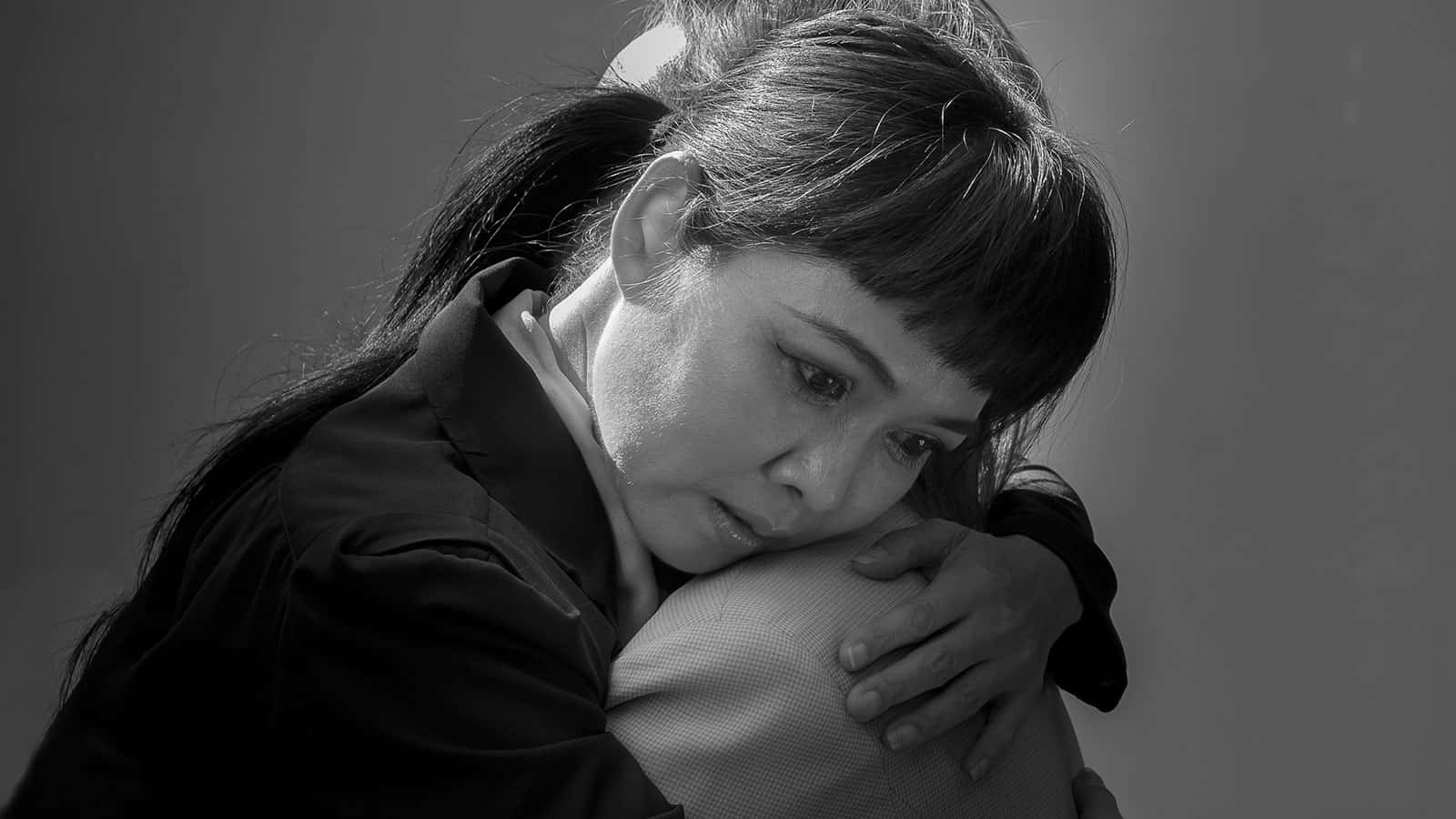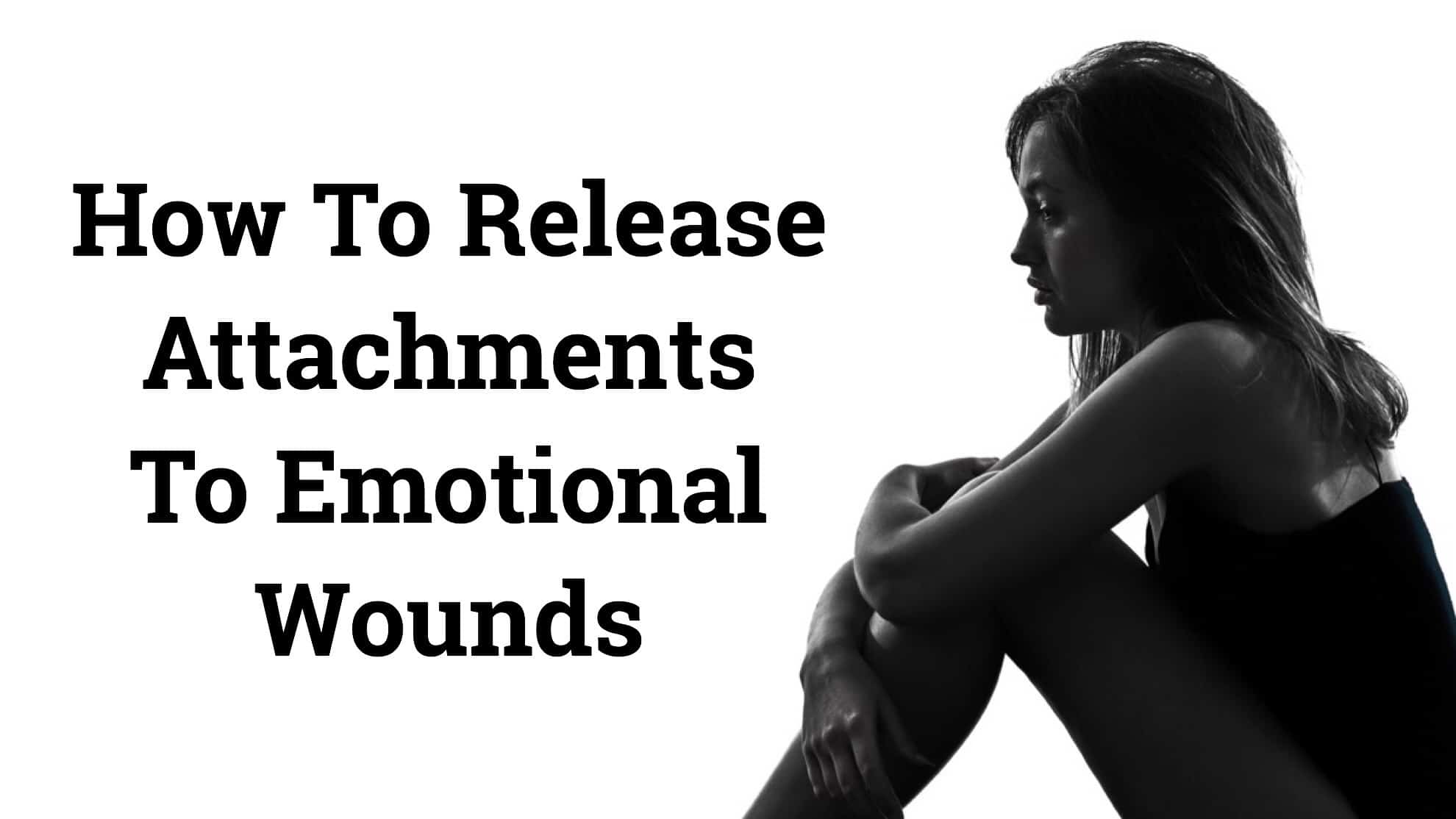Throughout our lives, we build attachments to a large number of things and people. It is what makes us feel connected in the world and to each other. The ability to build relationships, fulfill our own needs, and love others is essential to our growth as humans.
An infant builds attachments with his parents or caregiver. Then, he or she often comes to associate that feeling with their blanket, a stuffed toy, or a pacifier. This allows the baby to comfort themselves when the parent or caretaker is not able to be there.
We continue this pattern for the rest of our lives.
We feel pride and a sense of belonging at our work. This builds attachment both for the job and those we work with. We love our spouse, significant other, friends, children, parents, pets, and others. We may also receive a strong sense of self from an object that we feel attached to; for example, our car, photos, or home.
Along with all these attachments comes loss. For a multitude of reasons, people and things can leave our lives. At the time, it may feel as if they took a part of ourselves with them.
We go through a period of mourning, even if them passing wasn’t the cause. The final stage of mourning is “acceptance.” We also call this closure.
Not all relationships end when we expect it and that can slow down the process of reaching closure. The other party may not wish or be able to answer our questions of “Why?” or “What happened?” That leaves us in a state of limbo, a state of not knowing and thus feeling stuck. Without answers to the questions, we feel as if we can’t move on.
Yet, as we know, life waits for no one. We intellectually understand that we must still carry on. We must return to our job or find a new one, we must carry on our daily routine, and we must heal this hurt in order to feel happy again.
How do we do this? We take one day at a time and search for our own answers; answers to how to stop feeling the pain, the hurt, and the anger; answers on how to let go of the attachment without feeling as if we are losing ourselves. Here are 5 ways to release emotional attachment without closure.
What is closure?
The phrase “need for closure” was first used in the 1990s by social psychologist Arie Kruglaski. He used it in reference to it being a framework for decision making with the goal being to find an answer to any given topic so as to rid one of confusion or ambiguity.
What exactly is closure? We use the word a lot, but do we really know what it means?
In psychology, closure is a Gestalt theory used to explain how the human brain fills in an incomplete stimulus as if it were whole. For example, if you were shown two sides parallel to each other with a space for the top and bottom, also parallel to each other, you would assume it was a square. Another example is you may see a word and not catch that it was misspelled because your brain filled in the correct way.
Another definition of closure from the Merriam Webster dictionary is, “an act of closing; the condition of being closed.” An example used is the “closure of the hospital due to a lack of funding”.
The Urban dictionary defines it in the manner most easily recognized as how it pertains to relationships or things: “To gain a sense of resolution, whether it be mental, physical or spiritual.”
Ironically, each of these definitions has its accuracy in the context of the closure of a relationship. Our brains will seek an answer as to why something is no longer in our lives and making us happy. That is its job. Essentially, it will attempt to “fill in the blank” until we accept a certain answer. That ideal answer is the day we accept that the relationship has ended or is “closed” to us.
Consequences in our lives if we don’t bring closure
We feel a need for closure mostly because we temporarily have lost a sense of who we are, what our life was about, and what value we bring to others or that they bring to us. When a relationship ends, it raises all these questions.
We tend to attach a lot of dreams and hopes for our lives to the people we let in. If we are in a romantic relationship, we make decisions along the way that make room for that person. We make room to spend time together and make room for them to influence our choices. When we feel as if we are a loved and valued individual to someone special, we direct our life to flow in a direction that will keep them a part of it. Presumably, they are doing the same.
When the relationship suddenly ends without an explanation, we have no idea what to believe anymore. We are suddenly faced with the idea that it wasn’t “real.” We question if they loved us or valued us at all. Our self-esteem falls under question. We question if we ever should have made the decisions we did that changed the course of our lives.
Not making peace with an ended relationship can have consequences to yourself and other relationships:
- Can affect your view of others
- You may develop poor self-esteem.
- Develop strong trust issues.
- Become more of a loner.
- Not let others in to love you.
- Not allow yourself to develop new relationships.
- Find yourself less willing to compromise.
- Feel angry and bitter.
- You may become unhappy.
Ways to bring closure for ourselves
Some people are better able to find resolution or closure due to their individual beliefs. Someone who is religious may say, “It is the will of God.” A spiritual person may say, “It wasn’t meant to be.” These are all coping mechanisms that can help someone recover faster if answers are not given.
There are other methods that can help you bring closure as well.
1. Allow yourself to feel:
There is a flood of mixed emotions to try to deal with and understand when a relationship ends. Don’t try to suppress them. They are your feelings and you have a right to them.
2. Write:
Whether it is writing a letter to the person who left or writing a journal of your feelings, writing is a great release. Writing a letter to the person can feel more gratifying because if you can’t say it to their face, at least you can write it as if you are. Writing tends to cement our intentions and feelings, so it can be therapeutic.
3. Space:
Our first reaction when something bad happens is to reach out to the person who caused it. Understandably. Sometimes, that person is going through some crazy thoughts and feelings too; pushing them will only push them away. You can reach out to them, but if you’re refused or not responded to, give yourself, and them, space.
Things do not always end as we expect. Giving space can create the opportunity for both of you to reflect on things and possibly come to a different conclusion. If it doesn’t, giving space still allows time for reflection and honesty.
4. Don’t overthink:
Keep yourself busy so as to not overanalyze the relationship, the person, and yourself. Your brain will drive you crazy seeking an answer until it finds one that you are comfortable with. The sooner you can teach your brain not to constantly think about it and accept it, the sooner it will stop searching.
5. Stuff happens:
Don’t see this ending as a reflection of how you personally are persecuted. Everyone loses people and things in their lives. If you see a pattern, perhaps do some reflection on change or go to a therapist to help you change your perspective. Otherwise, just accept that for reasons unknown, this relationship has ended. That is life. Stuff just happens. You will survive, just as everyone else has, and you will continue to love and be worthy of love.
Final Thoughts:
Finding ways to release emotional attachments when we aren’t given closure can be quite a process. It is very much like the mourning process even if we haven’t had a person pass on. We still go through denial, anger, and sadness; eventually, we will get to acceptance.
In my experience, when we have finally let go of enough of the effects from the break-up; memories of them have faded; the hurt or anger is gone; then we find closure enough to allow ourselves to find happiness again.
I have seen several people who, when at this stage, no matter how many years later, run into the person again. They don’t find more closure, as no explanations are given. I’d have to say they find closure to the closure. They found a definitive point in time that they can remember and say “It is over” without any further questions.




















